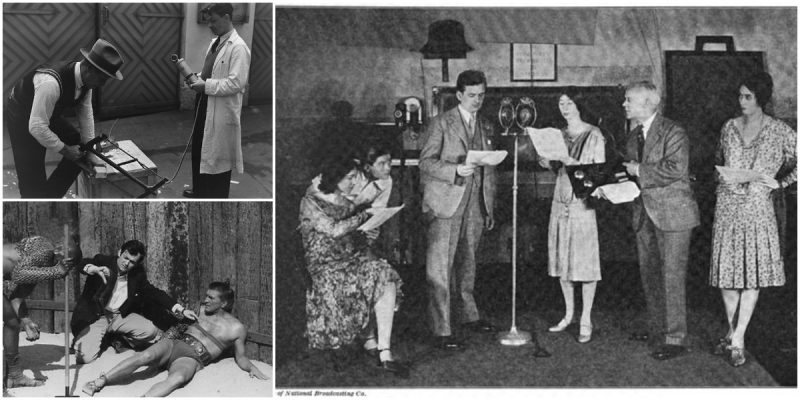Among all cinematic terms now used in the movie business, such as backlighting, jump cuts, crosscutting, deep focus, framing, still-shots, tilt-shots, tracking shots, storyboard, Mies-En-Scene, ambiance, direct sound, reflected sound, natural sounds, location sounds, sound loop and room tone, there is one that always pops up whenever sound production is being mentioned, and that is the term “Foley.”
Of those who may have been interested or came across people who happen to work in the field, you might have heard terms such as “Foley studio,” “Foley sheets,” “Foley footsteps,” “Foley reels,” “Foley walker,” and “Foley editor.”
The term was coined to describe “Foley art,” a sound-effects technique used in films today in recognition of Jack Foley and his many contributions to the art of sound effects. Following Jack, individuals who now practice his trade in the movie business, the magicians who create the sound effects we hear in films and television, are nowadays referred to as “Foley artists.”
The art itself represents a reproduction of everyday sound effects that are added in post-production to filmed videos, such as movies, documentaries, music videos, television series, and other media to enhance the audio quality of the material. These reproduced sounds can be anything from clothing swishing, water pouring, doors squeaking, and footsteps, heartbeats, and breaking glass sounding, to weather sounds such as winds, thunderstorms, or rain. They are all studio recorded mostly by one man or by a well-coordinated team of just a few.
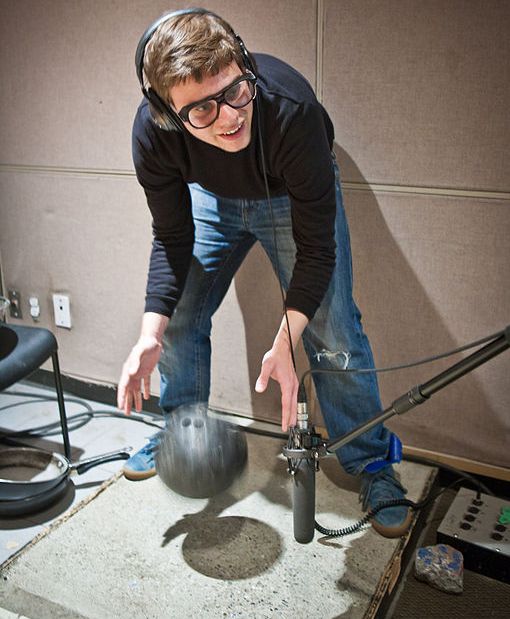
Jack Donovan Foley was born in Yorkville, New York, on April 12, 1891. He was a grandson of Irish immigrants and grew up in the Seagate section of Coney Island, where he attended public school. His first job was as a general order clerk working on the New York docks. During this period, he met Cary Grant, who was a stilt walker at Coney Island, and later, dissatisfied with the weather, he decided to move to California to work as a double and a stunt man in a small filming studio where he made a lot of contacts.
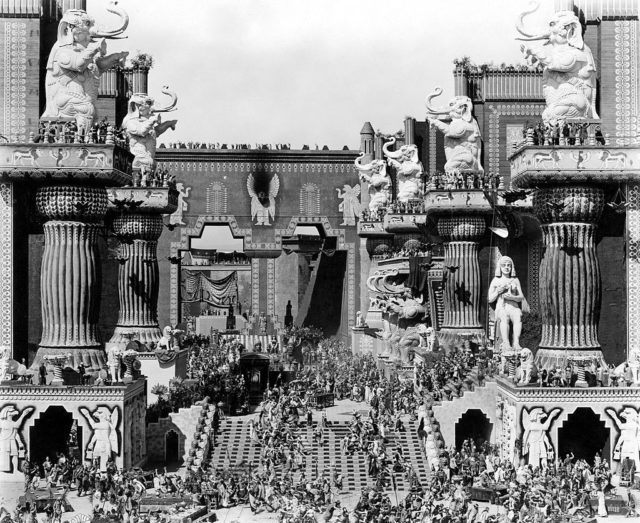
His career development was interrupted due to World War I in which he took part, serving his country as a member of the American Defense Society, a group formed to guard the water supply of Los Angeles and prevent the water from being sabotaged and poisoned. After the war, Jack was helped by his many studio contacts in Hollywood, where aside from directing he sold scripts to Universal and found a hobby that soon came to be his trade in life.
When not preoccupied directing silents, Jack tried directing inserts for the studio for various films. During the actual shooting of a film, no one bothered to shoot generic close-ups of movements such as a hand picking up a gun or legs approaching, which was added for effect later when the movie was filmed. He prepared the sets, graphics, and the necessary props and models, whatever was deemed necessary for the scene, and he either did it himself or coordinated someone else to do it instead.
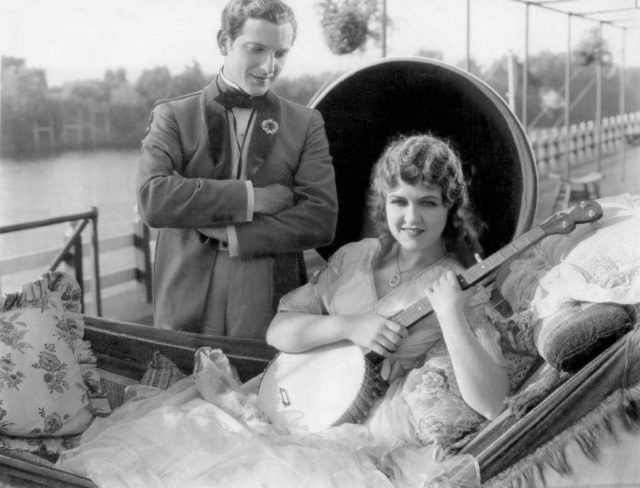
It wasn’t long before sound was introduced to the movies and Jack found himself creating footsteps and body movement sounds for stars such as Laurence Olivier, Rock Hudson, Kim Novak, and Sandra Dee. When later in his life he shared some of his work experiences he said Rock Hudson had “deliberate” footsteps, James Cagney’s were “clipped,” and Marlon Brando’s were “soft,” so they needed to be filmed accordingly.
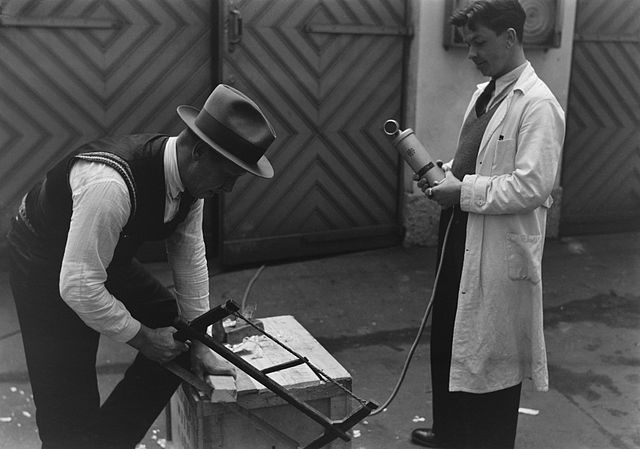
As with other aforementioned sound effects, like slamming doors or breaking glass, Jack said that he and his crew always aimed to create the perfect sound that would fit the personality of the character they were filming the scene for. By doing so, the Foley crew were not just some ordinary noise creators, they were genuine performers.
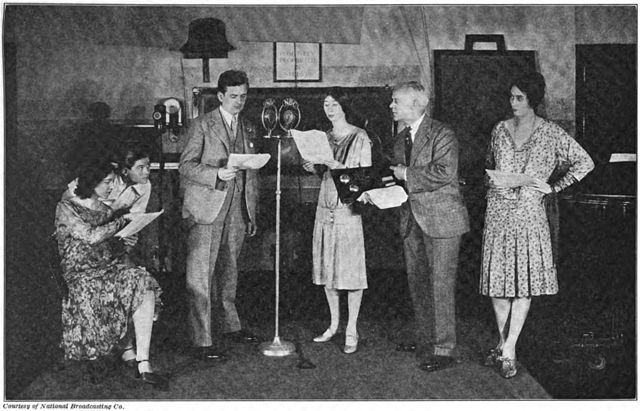
In the early beginnings, Foley art was all about those footsteps and other simple sounds actors produced on set. So, they would “walk” many footsteps in the same place on small gravel patches of dirt in a post-production studio with their eyes glued to the screen in front of them as they copied the film characters’ traits. They would use anything they could imagine in order to simulate the sounds needed to be added.
For Foley, the job wasn’t merely footfalls and the movement of clothing, it was the same as acting and he always aimed to reproduce the personalities of the characters he filmed for to the best of his abilities. He wanted to become them and let the sound of their walk he made expand the character and with that the story as a whole.
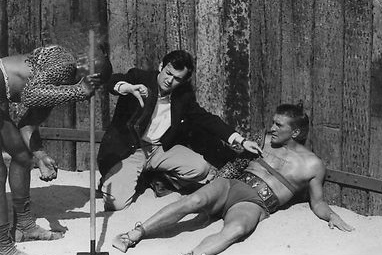
Throughout his life he found himself working on many projects and films, most notably Melody of Love in 1928, Show Boat the year after, the acclaimed Spartacus. The film Operation Petticoat won the Motion Picture Sound Editors’ Golden Reel Award as an appreciation of his work in Hollywood.
Today, Jack Foley is given credit for developing a unique method of performing sound effects that is widely used today. We accept these sounds as implicitly authentic, even if in reality we know they are not. We exist in a world of reproduced sound and, somehow animated by it, we are happy to comply and play along with the illusion. This is particularly so when watching movies, thus allowing ourselves to be deceived for the sake of the narrative placed in front of us. The quality of a movie, therefore, correlates greatly with the extent to which the sound recorded and “glued on” afterward in the editing room is well done. No other has done this better than the master illusionist himself, Jack Foley.
